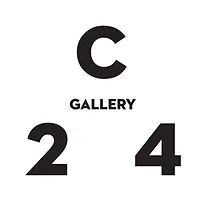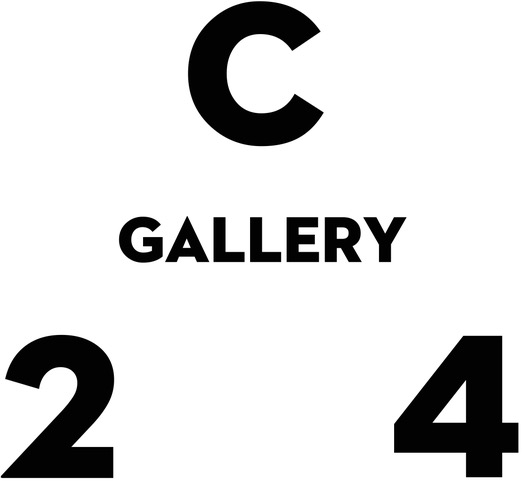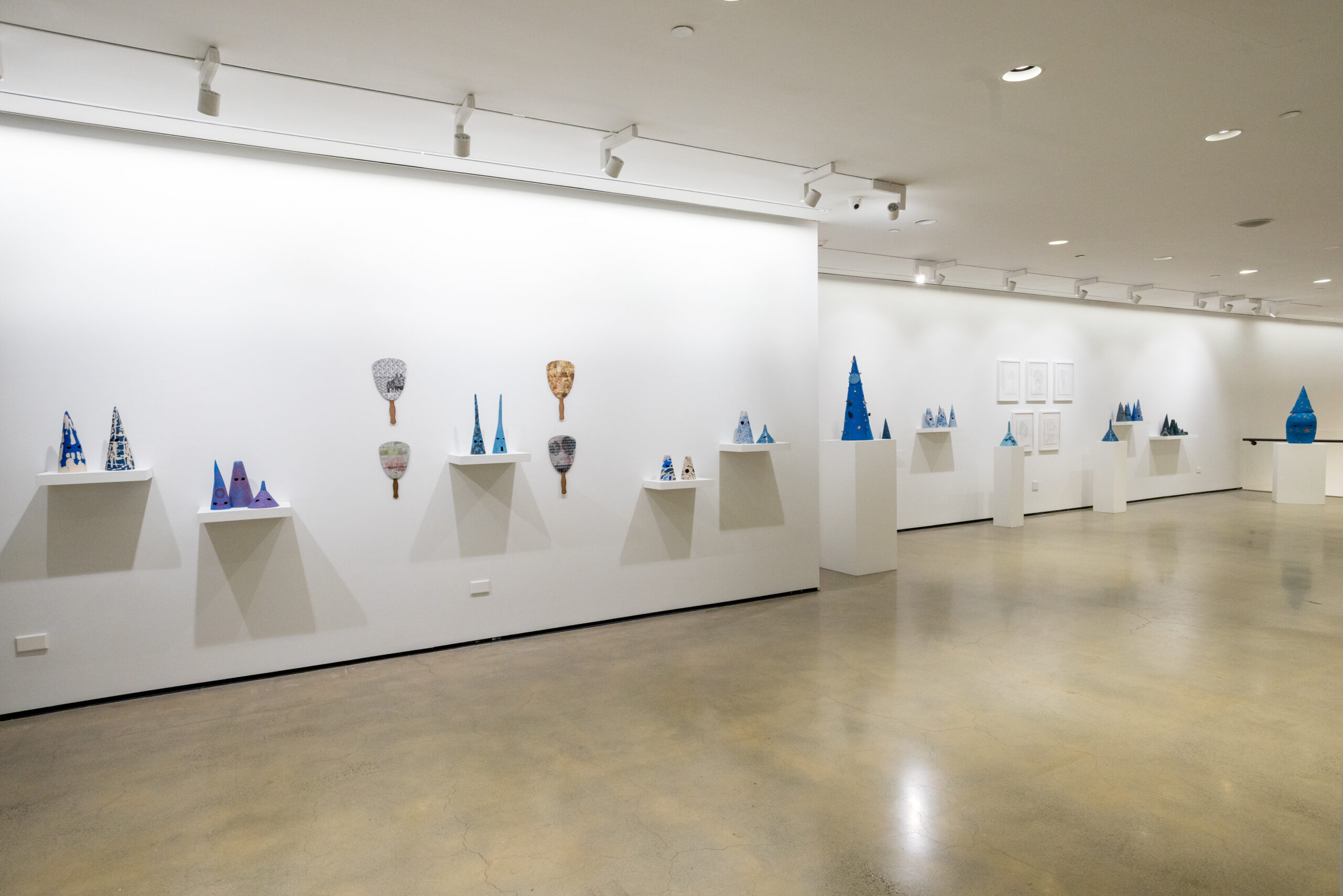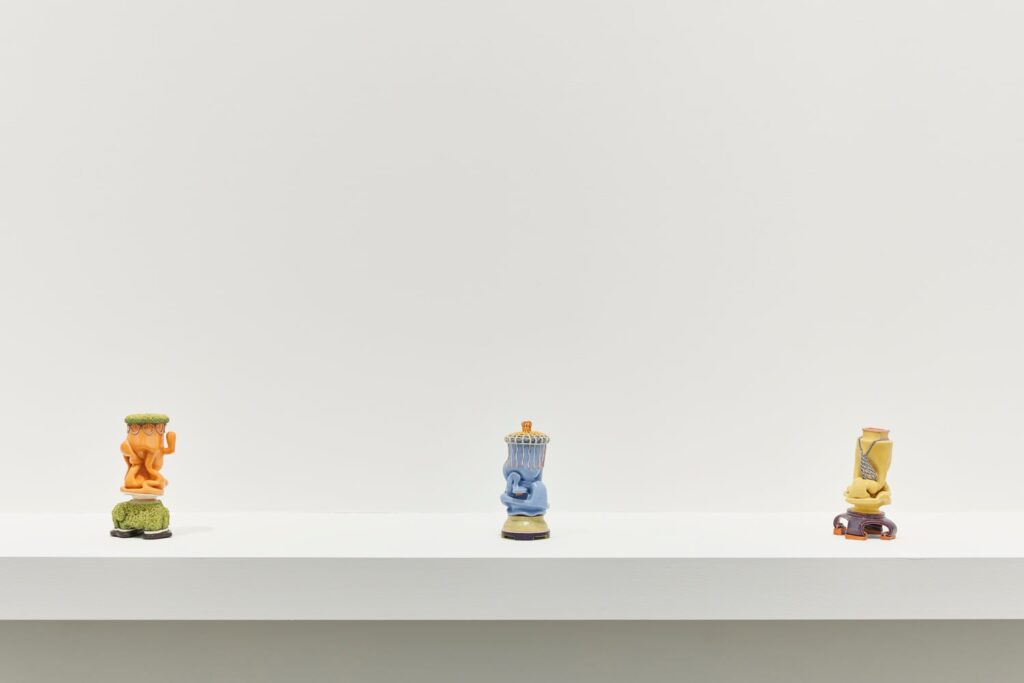Ceramics and AI: Tech Fusion with Adam Chau
MoCA/NY's President Judith Schwartz speaks with Adam Chau about his ongoing commitment to embracing innovative technologies into his studio practice. He creatively challenges technology and reimagines images that have satiric and subversive commentary using mechanical brush painting or 'fake' images
…
Portals to Mouros - Tracing Identity with Isaac Scott at Lucy Lacoste Gallery
Isaac Scott’s political mixed-media sculptures are on display at the Lucy Lacoste Gallery in Concord, Massachusetts from September 16 to October 14, 2023. Scott is a Philadelphia-based artist, curator, and photographer, whose provocative ceramics explore the lineage of the Slave
…






